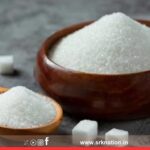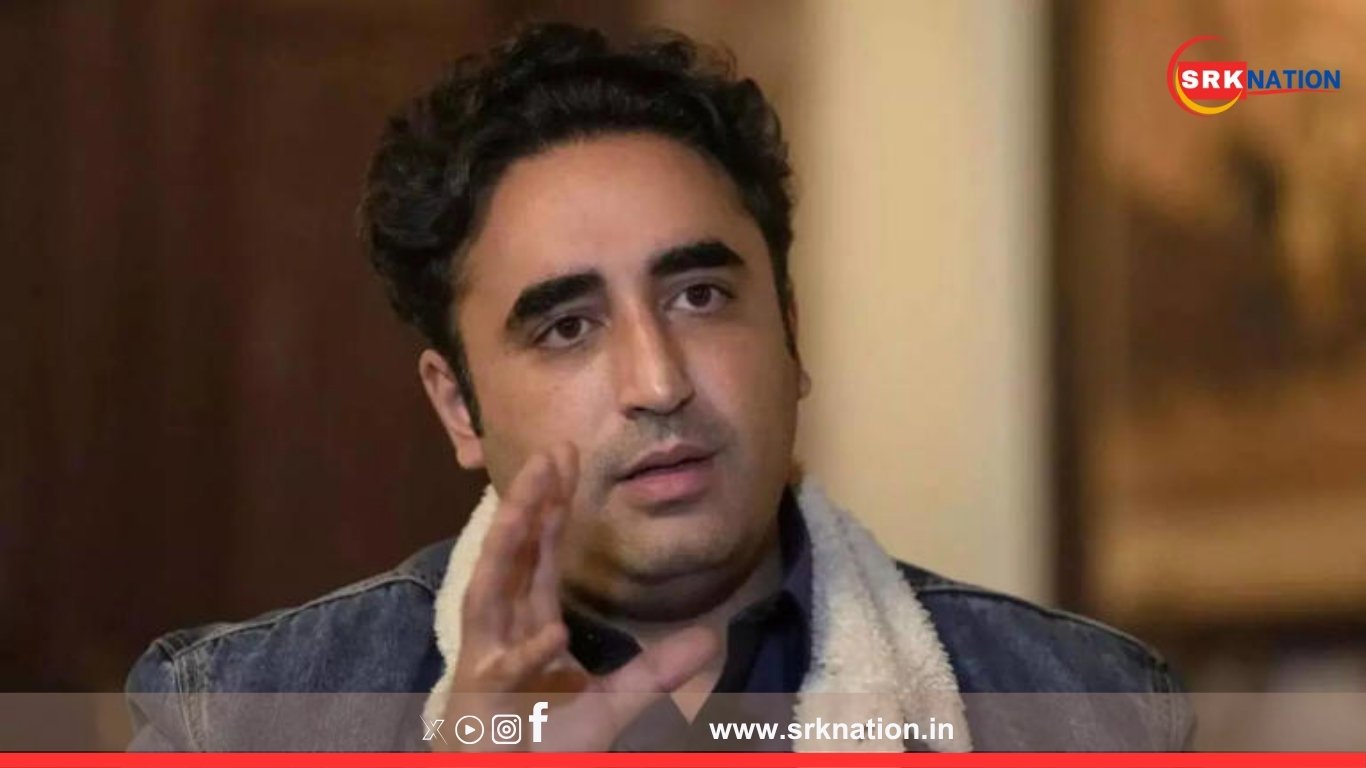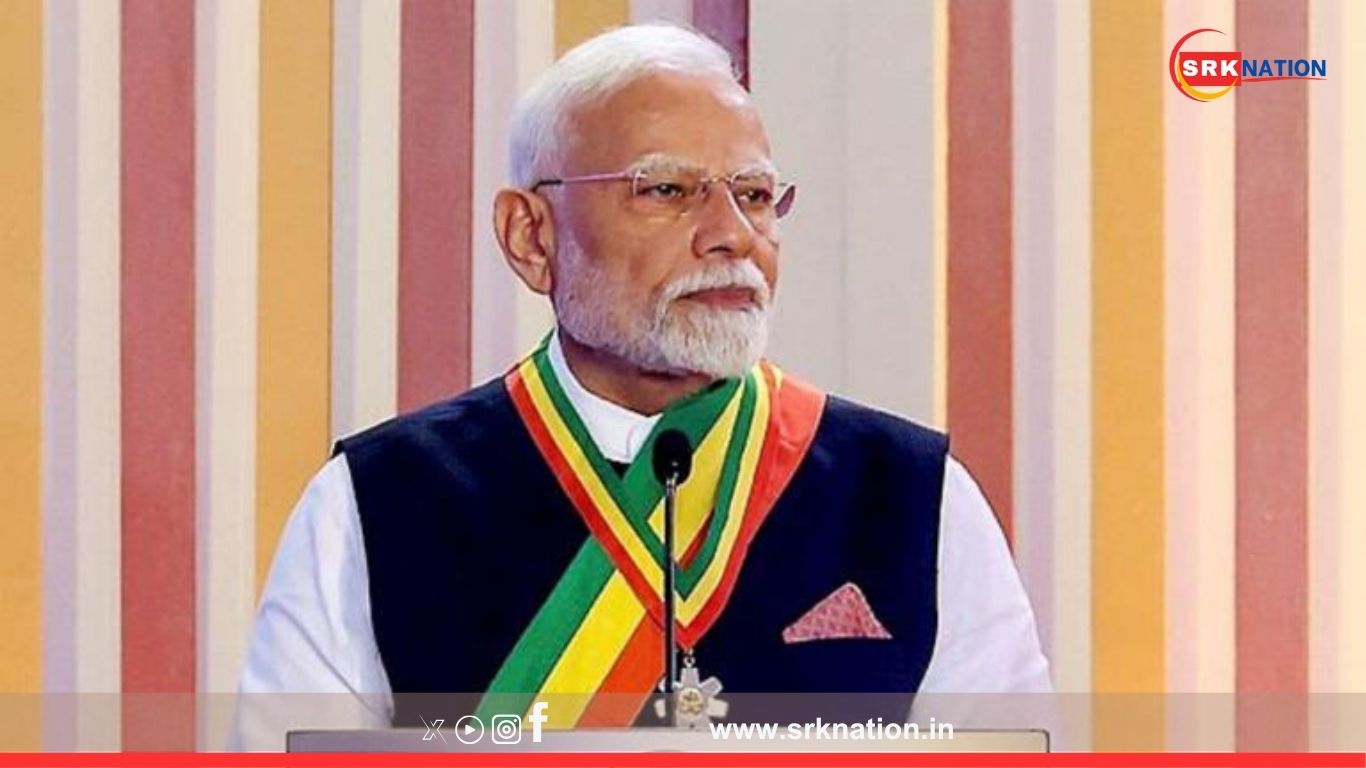In Pakistan, the history curriculum is distinctly different from that of neighboring India, with a focus on promoting national identity, Islamic values, and the story of the creation of Pakistan. Taught under the mandatory subject ‘Pakistan Studies,’ the syllabus is designed to foster a sense of national pride and unity.
The history curriculum in Pakistan is implemented from primary to higher secondary levels (Grades 1-12) and varies across different provinces, including Punjab, Sindh, Khyber Pakhtunkhwa, and others.
*Focus on Islamic Rule*
In most Pakistani schools, the study of history begins with Muhammad bin Qasim’s invasion of Sindh in 711 AD, symbolizing the entry of Islam into the region. While some textbooks mention ancient Indian civilizations like the Harappan or Indus Valley civilization, these are not studied in detail and are rarely connected to Pakistani identity.
The curriculum places significant emphasis on Muslim rule, particularly the Mughal era, the Delhi Sultanate, and other Muslim rulers such as Ghaznavi and Ghauri. These periods are presented as the Islamic Golden Age. In contrast, there is little to no mention of Hindu rulers like the Maurya and Gupta dynasties, or other non-Muslim histories.
*British Rule and the Creation of Pakistan*
The history syllabus gives particular attention to the period of British rule, with a focus on Muslim separatism and the creation of Pakistan. Key events covered in the curriculum include:
– The 1857 rebellion, referred to as ‘the first war of independence’
– Sir Syed Ahmed Khan’s educational reforms
– Establishment of the All India Muslim League in 1906
– Allama Iqbal’s address in Allahabad in 1930
– The Lahore Resolution of 1940
– Muhammad Ali Jinnah’s role and the partition of 1947
The narrative is centered around the ‘two-nation theory,’ depicting Hindus and Muslims as separate nations.
*Post-1947 History*
The post-independence history covers constitution-making, key leaders such as Liaquat Ali Khan and Ayub Khan, wars with India (1948, 1965, 1971), the separation of Bangladesh in 1971, military rule under Zia-ul-Haq and Pervez Musharraf, and the restoration of democracy. These events are presented in the context of national pride and external challenges, particularly from India.
*Islamic Perspective*
The history curriculum is deeply intertwined with Islamic perspectives, including chapters on the biographies of Prophet Muhammad and the caliphs. This approach was significantly influenced by General Zia-ul-Haq’s regime in the 1970s and 80s, which promoted Islamic values and Sharia in education.
Ancient Indian history, including the Maurya, Gupta, and Buddhist periods, is almost entirely omitted. The roles of Gandhi, Nehru, and the Indian National Congress in India’s freedom struggle are minimally mentioned, often in a negative light. The contributions of Hindu and Buddhist civilizations are overlooked, presenting a one-sided view of history.
*Curriculum Structure*
– *Primary Level (Grades 1-5)*: Focuses on basic national stories, the arrival of Islam, and national heroes like Jinnah.
– *Secondary Level (Grades 6-8)*: Introduces Muslim rule and the British era, often portraying Hindus as ‘the other.’
– *Higher Secondary Level (Grades 9-12)*: A comprehensive curriculum that includes the Pakistan movement, constitutional development, and modern history.
The syllabus is prepared by institutions such as the Aga Khan University Examination Board and the Punjab Textbook Board. The ‘Single National Curriculum’ (SNC) implemented in 2021 has further promoted religious content in history and Pakistan Studies, emphasizing the Quran, Hadith, and Islamic history to strengthen national unity and Islamic identity.
Stay tuned for more insights into educational curricula across the globe.












